A blown fuse can disrupt the functioning of various electrical components in your car, from the radio to the headlights. The fuse in the car is an essential component, and everybody does not have a multimeter. Because of this, you need to know how to check a car fuse without a multimeter. I will explore different methods for checking a car fuse without a multimeter. However, I believe it is easier to test a car fuse with a multimeter than without one.
How Does a car fuse Work?
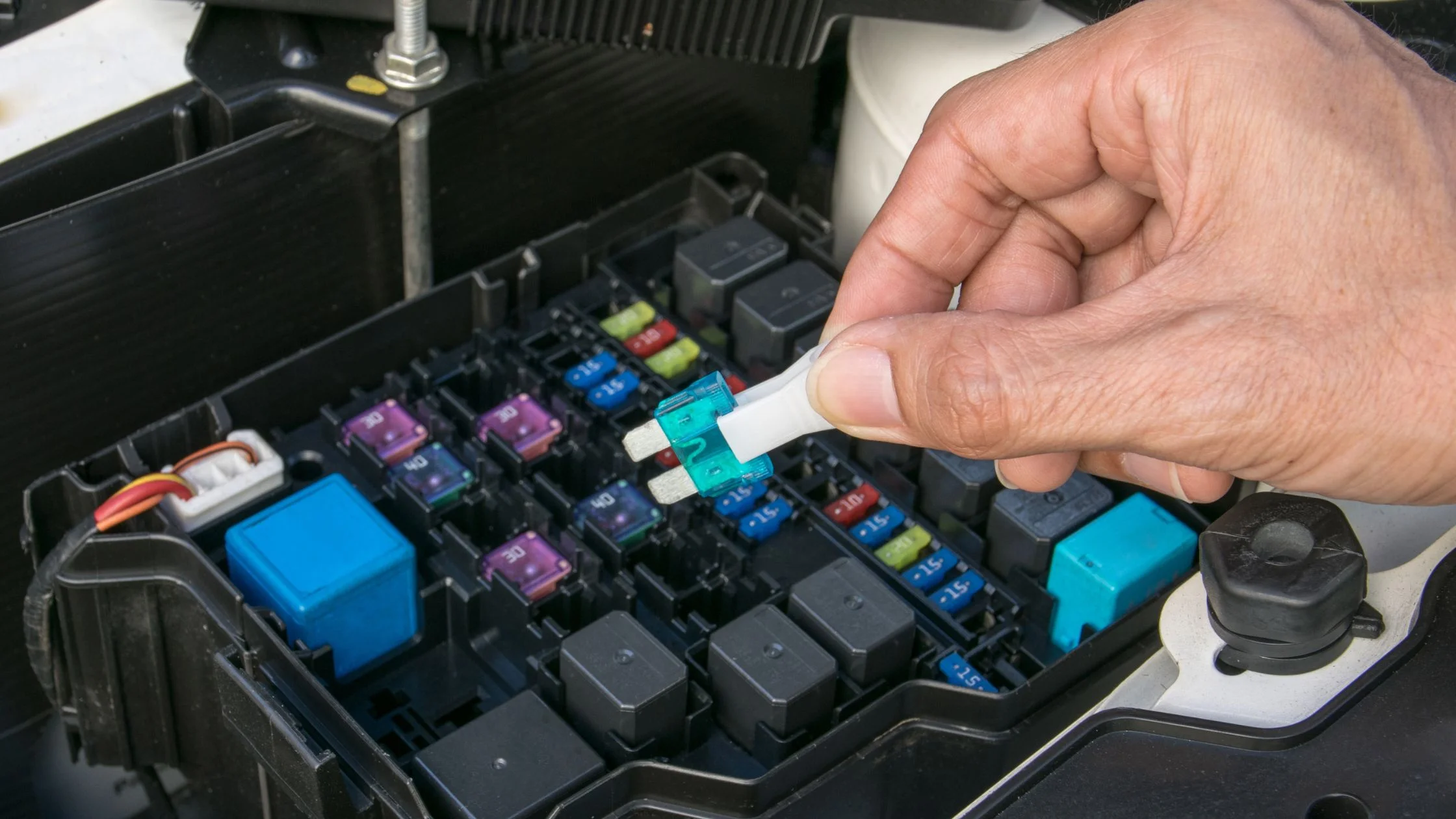
The principle behind a car fuse is simple: it acts as a safety valve for electrical circuits. When the current passing through a circuit exceeds the fuse’s rated capacity, the fuse wire or strip heats up and melts. This interruption of the circuit prevents electrical damage and potential fires. The fuse in a car works the same way as the fuse in a home.
What Are the Symptoms of a Blown Fuse?
When a fuse blows, it can result in the malfunction of various electrical components in your car. Common symptoms of a blown fuse include:
- Loss of power to specific electrical accessories: For example, if the radio or power windows stop working, a blown fuse could be the culprit.
- Inoperative lights: Blown fuses can cause headlights, tail, or interior lights to stop functioning.
- Electrical issues: Problems with turn signals, windshield wipers, or power locks may indicate a blown fuse.
- Complete car electrical failure: In severe cases, a blown main fuse can lead to a total loss of electrical power in the vehicle.
Why Might You Need to Check a Fuse Without a Multimeter?
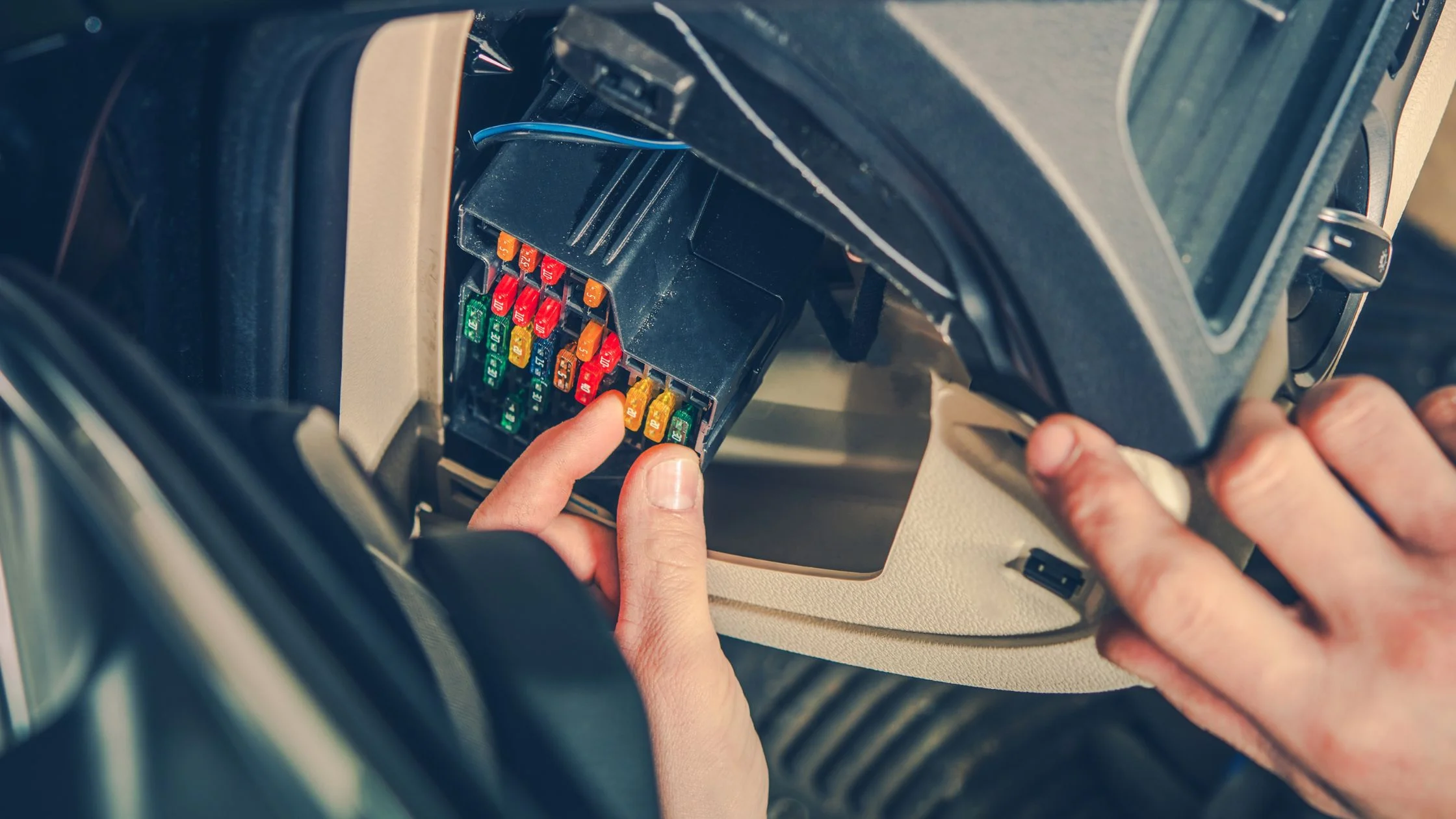
Not everyone readily has a multimeter, and some situations may require a quick assessment of fuses. Knowing how to check a fuse without specialized equipment can be invaluable, whether on the road or at home.
Tools and Materials Needed
Before you begin checking a car fuse without a multimeter, gather the following tools and materials:
- A flashlight: Proper illumination is essential for inspecting fuses, especially in dimly lit areas.
- A set of replacement fuses: Having spare fuses of various amperage ratings can save you time if you discover a blown fuse.
- A test light or a jumper wire: These tools will help you determine the condition of the fuse.
With these items, you can check your car’s fuses using various methods, even without a multimeter.
How To Check a Car Fuse Without a Multimeter? Possible Methods
If the visual inspection reveals a damaged or blown fuse, you should replace it with a new fuse of the same amperage rating. Refer to your car’s owner’s manual or the fuse box cover for the correct amperage rating for each fuse. So, how to check a car fuse without a multimeter, here are the steps.
Method 1: Visual Inspection
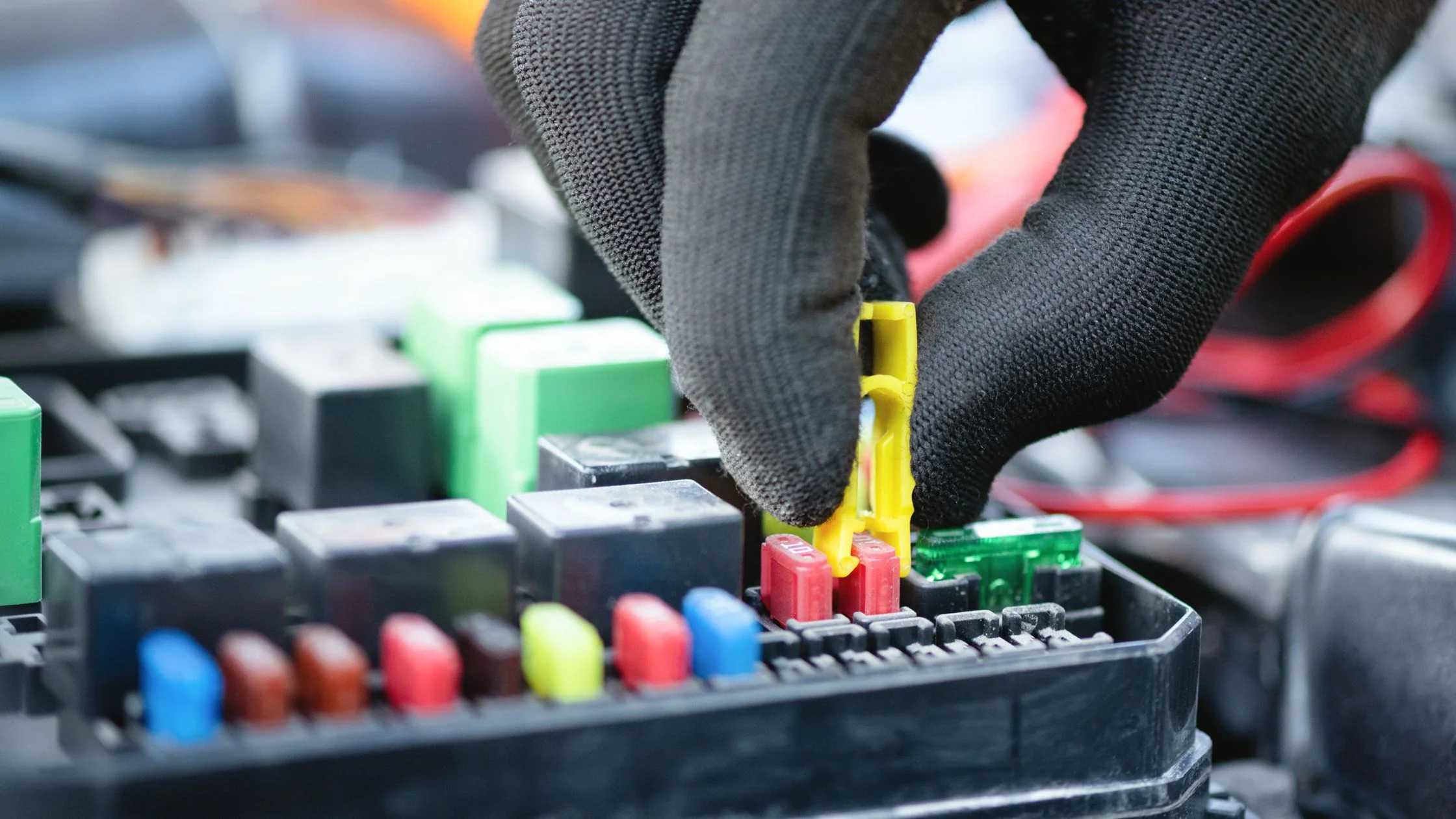
Step#1 Turn off the ignition: Ensure the car’s ignition is in the “Off” position to prevent accidental electrical contact.
Step#2 Locate the fuse box: Consult your car’s owner’s manual to find the location of the fuse box. It is usually located in the engine compartment or under the dashboard.
Step#3 Inspect the fuses: Use a flashlight to examine each fuse visually. Look for any cracks, discoloration, or other signs of damage to the fuse.
Step#4 Check the fuse seating: Ensure the fuse is properly seated in the holder. A loose or improperly seated fuse may not make a proper electrical connection.
Step#5 Replace damaged fuses: If you find a fuse that appears damaged, replace it with a new one of the same amperage rating.
Method 2: Test Light Test
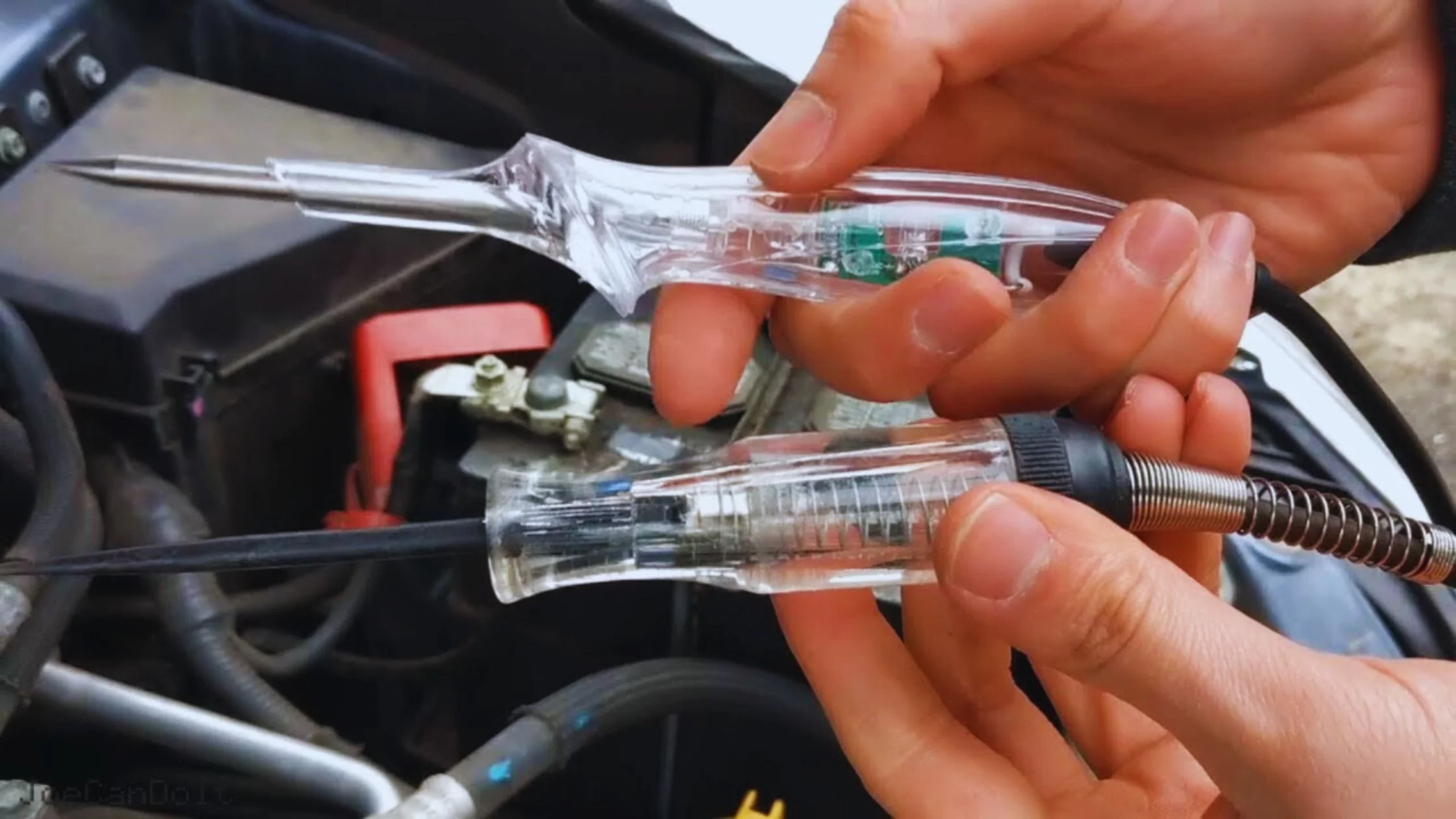
Step#1 Locate the fuse: Identify the fuse you want to test and remove it from the fuse box.
Step#2 Perform the test: Touch one probe of the test light to the metal end of the fuse on one side and the other probe to the metal end of the fuse on the other side.
Step#3 Observe the test light: If it illuminates, the fuse is good and conducts electrical current. If the test light does not illuminate, the fuse is blown and needs to be replaced.
Method 3: Jumper Wire Test
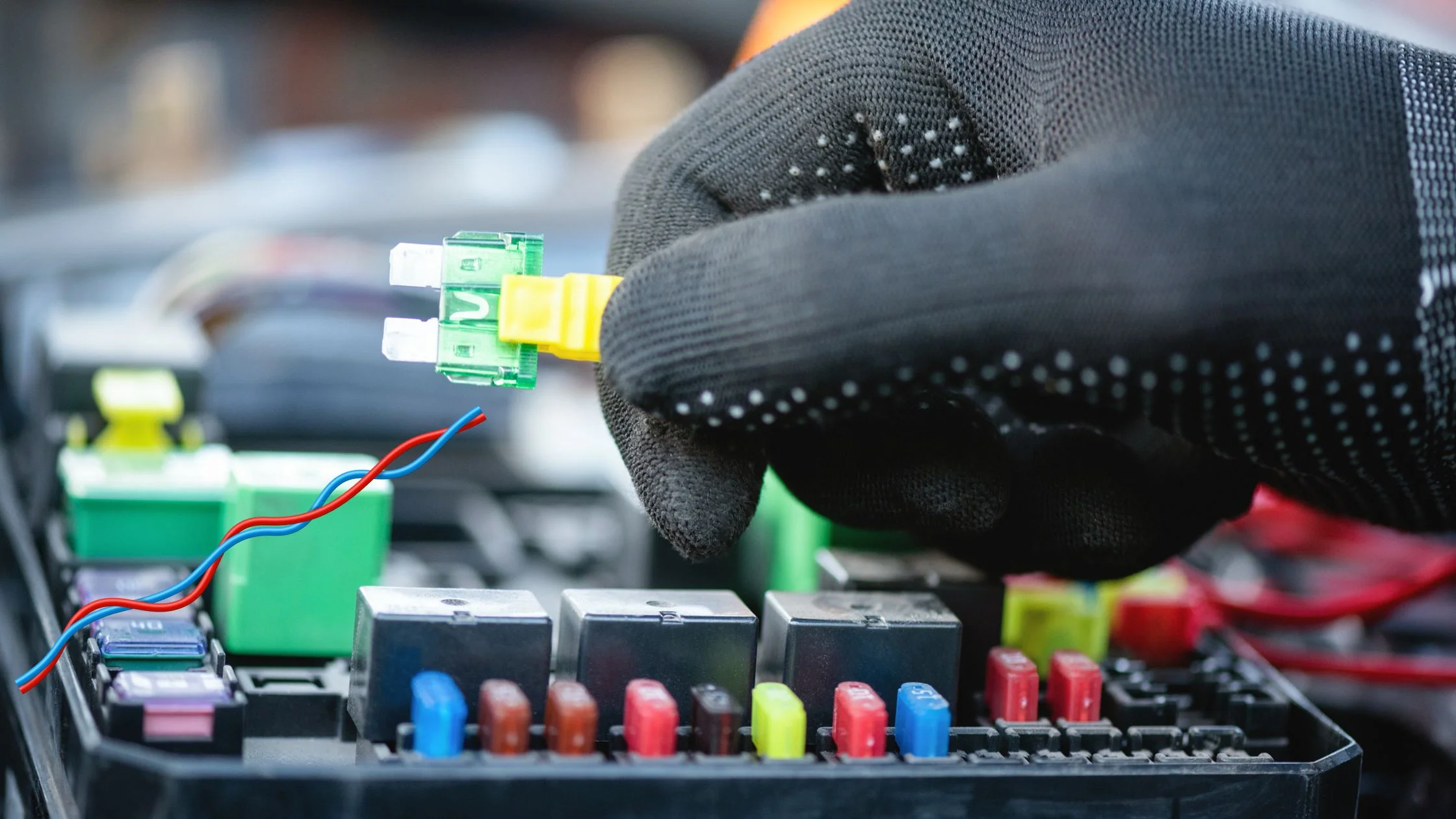
Step#1 Prepare the jumper wire: Create a jumper wire using a piece of wire or a paperclip.
Step#2 Perform the test: Touch one end of the jumper wire to the metal end of the fuse on one side and the other end to the metal end of the fuse on the other side.
Step#3 Test the connected component: Try operating the electrical component that the fuse protects. If the component turns on and functions correctly, the fuse is good. If the component does not work, the fuse is blown.
What to Do If the Test Light Test, and Jumper Wire Test Does Not Produce a Result?
If you perform any of the tests (test light, jumper wire, or continuity) and do not obtain a clear result, consider the following steps:
1-Double-check your connections: Ensure that you have made proper contact with the fuse terminals and that the electrical component is in working condition.
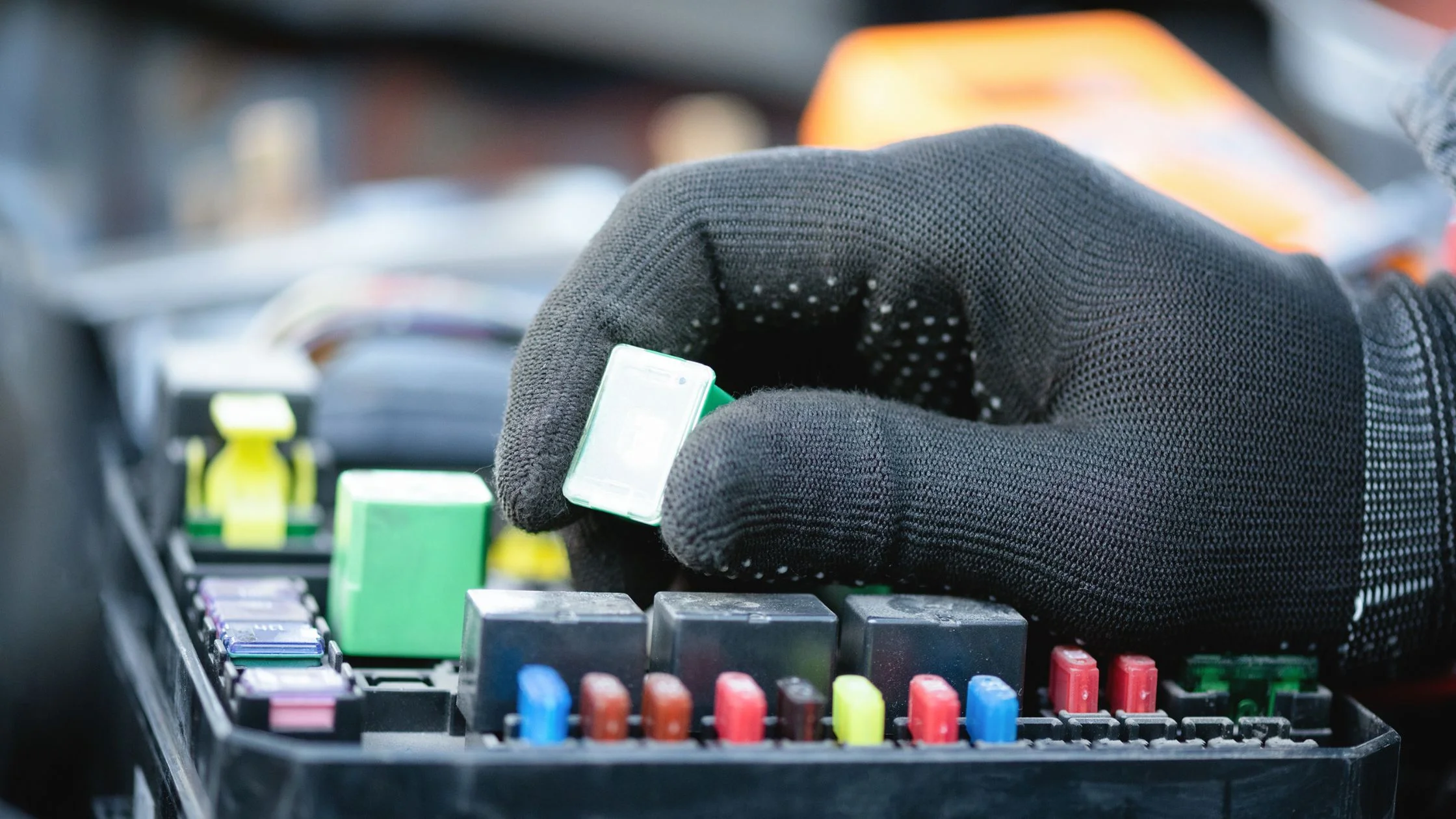
2-Inspect the fuse holder: Check for any signs of corrosion or loose connections within the fuse holder. Cleaning or tightening the connections may resolve the issue.
3-Consult a professional: If you cannot determine the status of the fuse or if the electrical component remains inoperative despite a good fuse, it may be best to seek assistance from a professional mechanic or an auto electrician. Complex electrical issues may require specialized diagnostic equipment.
What to Do If the Fuse Is Good, but the Electrical Component Is Still Not Working?
If you’ve determined that the fuse is not the issue, but the associated electrical component is still not functioning, it’s time to investigate further:
1-Check the wiring: Inspect the wiring connected to the electrical component for damage, breaks, or loose connections. Repair or replace any damaged wiring as needed.
2-Examine the switch or control: If a switch or module controls the electrical component, ensure the control functions correctly. Replace any faulty switches or controls.
3-Consider other factors: Sometimes, issues may not be related to the fuse but could involve more complex problems with sensors, relays, or the component itself. Consult a professional mechanic for a thorough diagnosis if needed.
How to Replace a Car Fuse | Step-By-Step Guide
Replacing a car fuse is a simple DIY task that can save you time and money. Here’s a more detailed guide on how to replace a car fuse:
Step #1 Gather the Necessary Tools and Materials:
- Before you start, make sure you have the following items:
- A set of replacement fuses with the same amperage rating as the one you’re replacing.
- A fuse puller tool or a pair of needle-nose pliers.
- If the fuse box is in a dimly lit area, a flashlight for better visibility.
Step#2 Turn off the Ignition:
Ensure the vehicle’s ignition is in the “Off” position to prevent electrical accidents while working with the fuses.
Step#3 Locate the Fuse Box:
Consult your car’s owner’s manual to find the location of the fuse box. You’ll find fuse boxes in most vehicles in the engine compartment and under the dashboard.
Step#4 Identify the Blown Fuse:
Inspect the fuse box and identify the blown fuse by looking for one with a visibly broken or burnt filament inside. The amperage rating of the fuse is typically printed on the fuse itself or in the owner’s manual.
Step#5 Remove the Blown Fuse:
Use a fuse puller tool, if available, or a pair of needle-nose pliers to carefully grip and pull out the blown fuse. Be gentle to avoid damaging the fuse holder or surrounding components.
Step#6 Insert a New Fuse:
Take a replacement fuse with the same amperage rating and insert it into the empty fuse slot. Ensure it is pushed in firmly to make a secure connection.
Double-check that the new fuse is properly seated in the fuse holder. It should sit flush and not appear loose.
Step#7 Reconnect Electrical Components:
If you had disconnected any electrical components before replacing the fuse, now is the time to reconnect them.
Turn on the ignition and test the replaced fuse by checking the functionality of the electrical component it controls. Make sure it works as expected. Now you know the answer – how to check a car fuse without a multimeter?
Conclusion
Checking a car fuse without a multimeter is practical for any car owner. You can quickly identify and address electrical issues in your vehicle by visually inspecting fuses and using simple tools like a test light or jumper wire. Remember to replace damaged fuses with ones of the same amperage rating and exercise caution when working with electrical systems.
If you encounter persistent problems or are unsure about a diagnosis, consult a qualified mechanic to ensure the safety and reliability of your car’s electrical system. I hope now you know “how to check a car fuse without a multimeter?”
